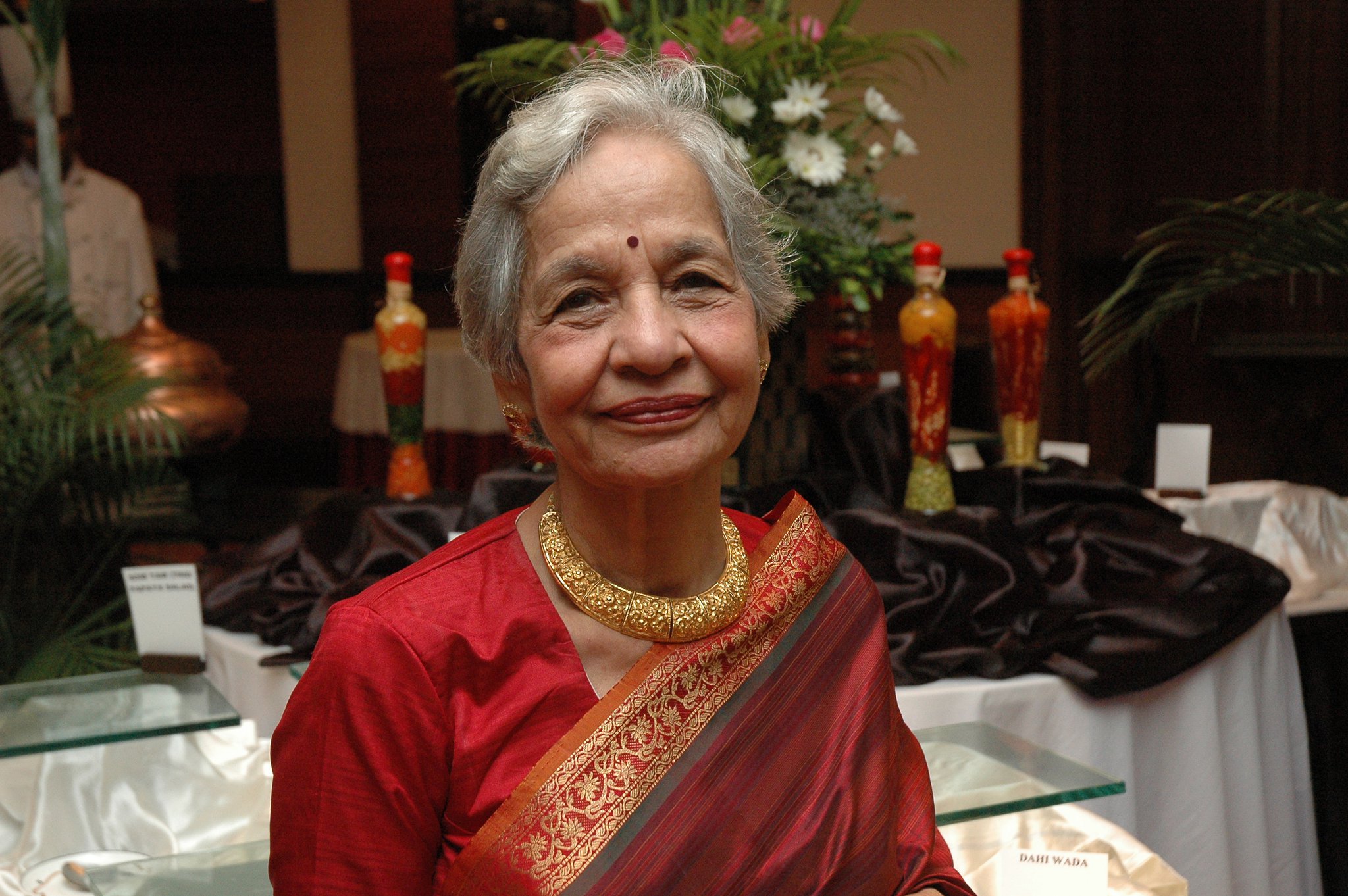The Indian woman fascinates me. Her ability to give, share, bear, nurture, cook, work, adjust is what I strongly admire. Throughout our country’s tumultuous history, she suffered so much yet she continues to retain qualities that make her unique. She has done great service to religion by preserving age old traditions, moral fervor and spiritual vein in our society. It is the mother who conducts puja in our homes, attends spiritual discourses, wears Indian clothes i.e. sari, whereas men have adopted western wear completely.
This essay is dedicated to the Indian women. As a nation, we progressed when the Indian woman was accorded her rightful place in society. It’s time we treat her like she was treated, up to 300 B.C. It is my belief that India will progress much faster if a greater number of women are educated, financially independent and realize that equality does not mean listening to one’s own self. Let us resolve to allow her to blossom, flourish and uncover her inner beauty.
This essay is based on inputs from The History and Culture of Indian People by the Bhartiya Vidya Bhavan and The Position of Women in the Hindu Civilization by A.E.Altekar. Article was written in March 2001 and edited in March 2017.
This piece is dedicated to my late mother Dr Usha Nayar. She became a doctor in 1954-55, practiced for over forty years during which time had three children, looked after home, was a good wife and mother. She achieved a lot without saying she was ambitious.
 My mother Dr Usha Nayar
My mother Dr Usha Nayar
This precis is for the periods covered under each of the eleven volumes published Bhartiya Vidya Bhavan. During each period refer to status of women under the heads marriage, education, remarriage, widow, sati, purdah, veil, general status of women, slavery. Reasons for deterioration in their condition between 500 B.C. and 500 A.D. is covered under chapter 4. How the British created the dowry system in Punjab is covered under chapter 10. Did you know that the British Parliament granted franchise to its women in 1918. Chapter 12 compares status of woman in Indian and Western civilizations.
1. 2500 to 1500 B.C.
2. 1500 to 600 B.C.
3. 600 B.C. to 300 A.D.
4. 320 to 750 A.D.
5. 750 to 1000 A.D.
6. 1000 to 1300 A.D.
7. 1300 to 1526 A.D.
8. 1526 to 1707 A.D.
9. 1707 to 1818 A.D.
10. 1818 to 1905 A.D.
11. 1905 to 1947 A.D.
12. Status of women in Western society (must read)
2500 to 1500 B.C. - The Age of the Rig Veda
The frequent reference to unmarried girls speaks in the favor of a custom of girls getting married well long after they had reached puberty. Among Aryans, marriage among brothers and sisters was prohibited. There seems to have been considerable freedom on the part of youngsters in the selection of their life partners as they generally married at a mature age. Approval of the parent or the brother was not essential, the boy and the girl made up their minds and then informed the elders, though their participation in the marriage ceremony was essential i.e., the blessings of elders were sought.
Surprising as it may sound, in some cases a “bride-price” was paid by a not very desirable son-in-law. When a girl had some defect, dowry was given. A hymn in the RV gives us an idea of the old marriage ritual. The boy and his family went to the girl’s house where she was ready, dressed in her bridal attire. The boy, holding the hand of the girl, led her round the fire. These two acts constituted the essence of marriage. The boy took the girl home in a procession followed by the consummation of marriage.
The wife was respected in her new house and wielded authority over her husband’s family. She participated in the sacrificial offerings of her husband. Abundance of sons was prayed for, naturally so in a patriarchal society, since the son performed the last rites and continued the family line.
There is little evidence to show that the custom of Sati existed. Even if known, it was limited to the Kshatriya class. Remarriage of widows was permitted under certain conditions. Even though female morality maintained a high standard, same degree of fidelity was not expected from the husband.
Overall, women enjoyed much freedom. They took an active part in agriculture, and manufacture of bows. They were free to move around and publicly attend feasts and dances.